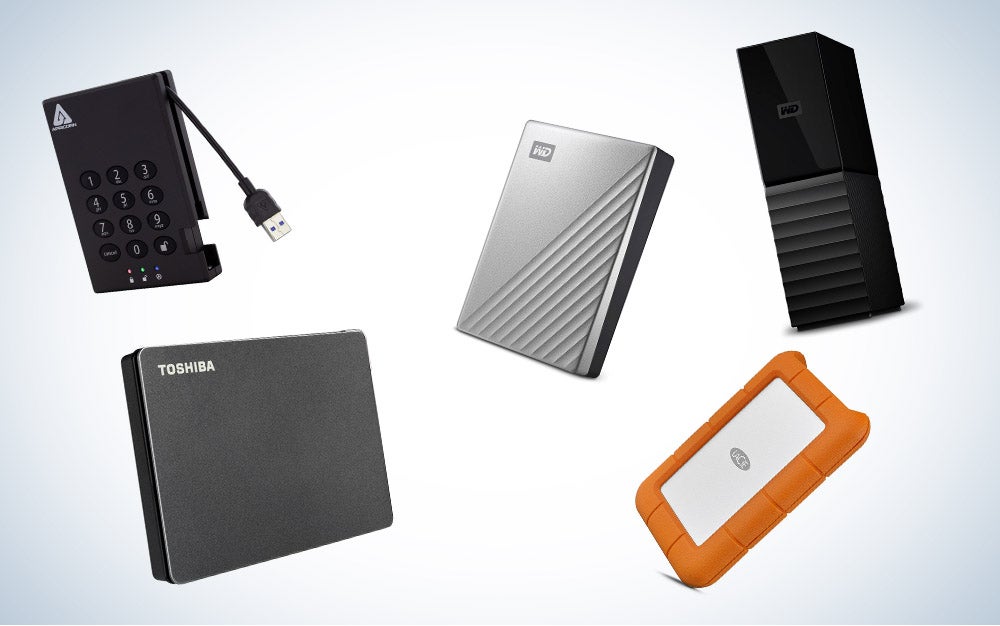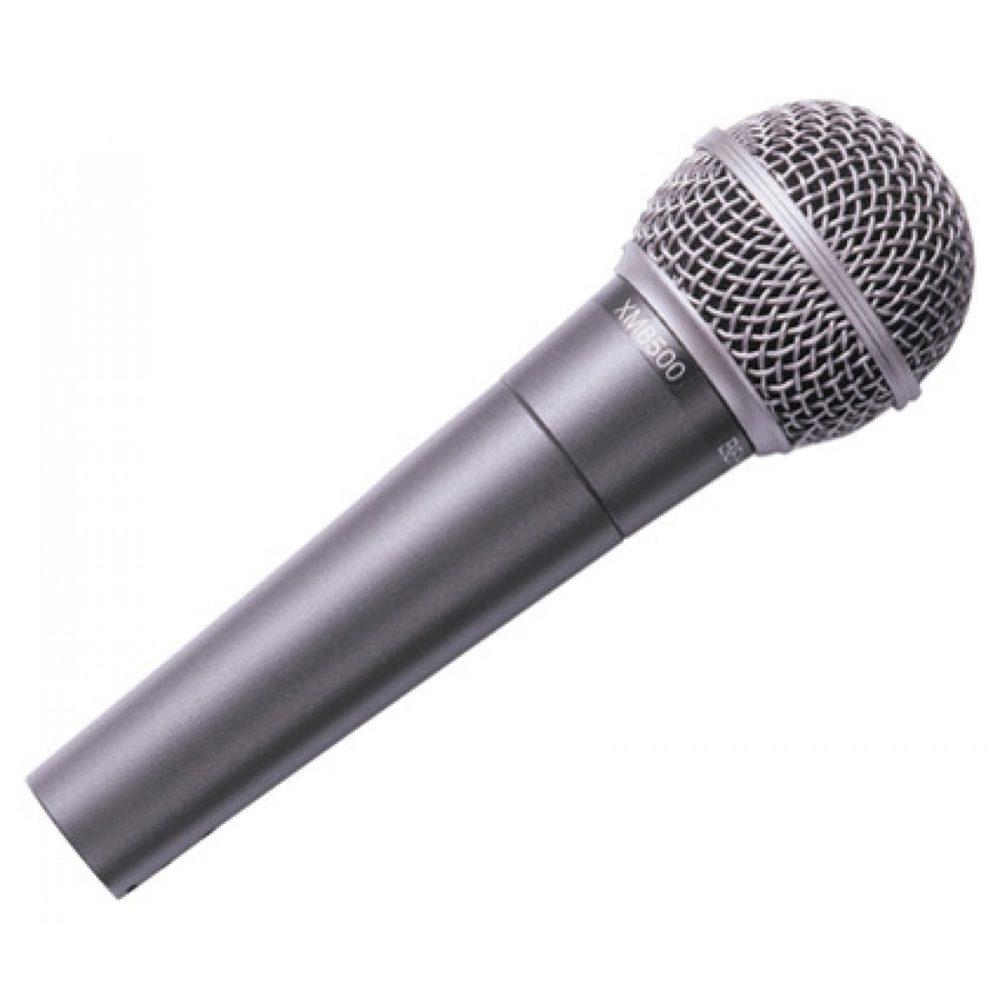
Which external drive should you choose?
Content
- Two types of external drives on the market
- Which external drive to buy? Features worth paying attention to
- Data writing and reading speed
- Hard disk rotation speed
- How to buy an external drive so that there is enough memory?
- Wireless external drives as an alternative to cables
- Which external drive should you choose?
In recent decades, the growing demand for data storage has led to the emergence of a new technology - "bringing" file media out of the space of a computer or laptop in the form of a so-called external drive. What is this technology for and how does it affect the mobility of information? Which portable drive should you buy? Which model is better to choose so that it lasts as long as possible?
Why invest in an external drive?
This is a very good question, especially in the context of moving more and more data to the clouds provided by Google or Apple. However, probably, everyone had situations when it was not possible to take advantage of the cloud. This could be a presentation at school, a lecture at a university, or the need to quickly transfer data to another department in the same office. The bandwidth of the Internet connection in Poland boasts decent data download speed statistics, but uploading files to the Internet is not so colorful. It is for such situations that external memory is intended, which allows you to free yourself from the restrictions of the free download channel.
Two types of external drives on the market
There are two technologies for storing data on laptops or desktop computers - HDD and SSD.
A hard drive consists of moving magnetic platters driven by a miniature motor that makes little noise. A special manager is responsible for posting and changing information. Due to the fact that this solution contains many moving parts, this type of drive is second compared to SSD in terms of speed and failure rate - because of the moving components, the HDD is more prone to damage. However, its undeniable advantage is its availability, low price and the maximum available memory.
The SSD is based on a different mode of operation, not related to any mechanical movement. Information is transmitted using transistors on the principle of semiconductor memory, so there are no moving parts in the disk. This affects everyday use, especially in terms of their speed and capacity - SSDs are much more efficient. However, one should take into account the fact that their price is higher compared to HDDs.
Which external drive to buy? Features worth paying attention to
Several technological parameters have a huge impact on the suitability of the device for everyday work, as well as for leisure time entertainment. First of all, make sure you have a connector with which you can connect your external memory to your computer, laptop, TV, or other type of equipment. Most external drives use the popular USB 3.0 or 3.1 standard found on most personal computers. In addition, some devices include, for example, the Thunderbolt standard (Apple computers) or FireWire. You should also pay attention to the capacity, as well as the speed of reading and writing information.
Data writing and reading speed
The maximum data transfer and reading speed depends on the connection standard, so it is worth checking its type before making a decision. USB 3.0 provides transfer speeds up to 5 Gb/s, and USB 3.1 up to 10 Gb/s. This question is important, especially in the case of SSD drives, because a higher data transfer rate provides better hardware performance.
Hard disk rotation speed
In the case of hard drives, performance depends on the rotational speed. The current offer of manufacturers of this type of disk has two fixed rotation speeds: the first is 5400 rpm, the second is 7200. Undoubtedly, choosing the second option will have a positive effect on the speed of external memory for a laptop or laptop. desktop computer.
How to buy an external drive so that there is enough memory?
External memory in the form of a disk with a capacity of up to 400-500 GB is usually a replacement for a larger memory card or a large flash drive. One disk of this capacity can replace several smaller media and contain all the information that is important to us in one safe place.
The second, most practical and versatile option is 1-2 TB, which will successfully accommodate backups of our computers, large music and movie libraries, as well as large dumps of various, extensive data.
Drives of 3 TB and above are typically used for very large file tasks. This could be semi-professional or professional footage for processing or rendering, lossless footage from recording sessions, or a large amount of custom software.
Wireless external drives as an alternative to cables
Wi-Fi carriers that stream files wirelessly are becoming more and more popular. The Wi-Fi drive and computer must be connected to the same network for file sharing to be effective. Although this solution is convenient, it has certain limitations that the manufacturer cannot influence. First of all, its speed depends on the wireless network it is currently connected to. A home network may be sufficient for fast data transfers, which is not the case with some public Internet networks. If you plan to do some of your work outside of your home using the network at a restaurant or airport, you should be aware that data transfer speeds may be significantly reduced.
Which external drive should you choose?
In our offer you will find a wide range of companies specialized in the production of external memory. Seagate and Adata budget drives are very popular, offering a decent ratio of capacity and price in the SSD segment. The middle price range (PLN 500-700) is rich in offers from WG, LaCie and Seagate. In the HDD section, this price range will give us up to 6 TB of storage, and in the case of SSDs up to 1-2 TB.
The rapid development of data storage methods has saturated the market with both affordable and expensive offerings. Therefore, before buying, think about what needs you will use the disk for. Will you store only system backups on it, or will it be your current station for collecting documents, photos and videos? Determining your needs will certainly allow you to avoid overpaying and buying equipment that will eventually become redundant.
:
